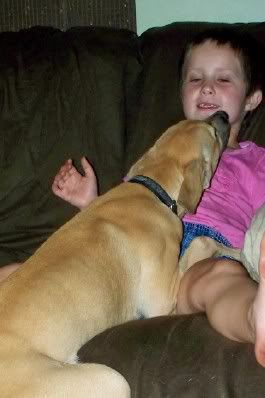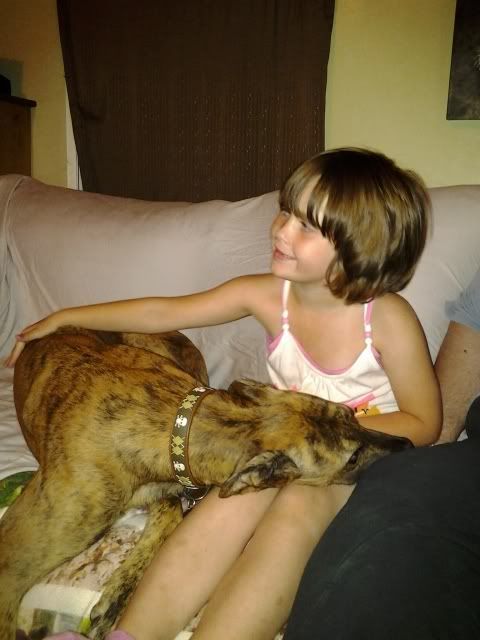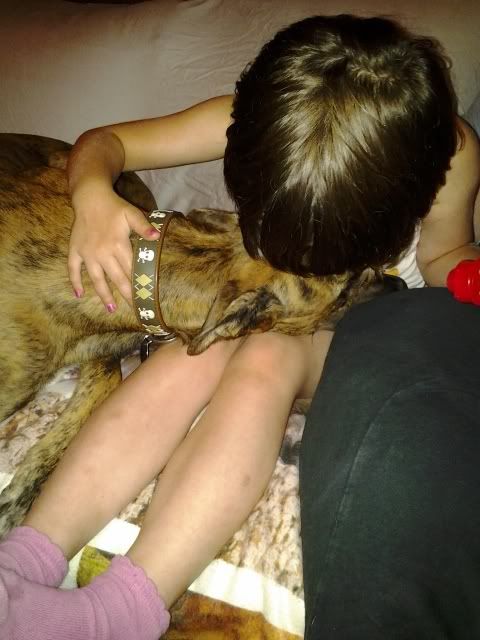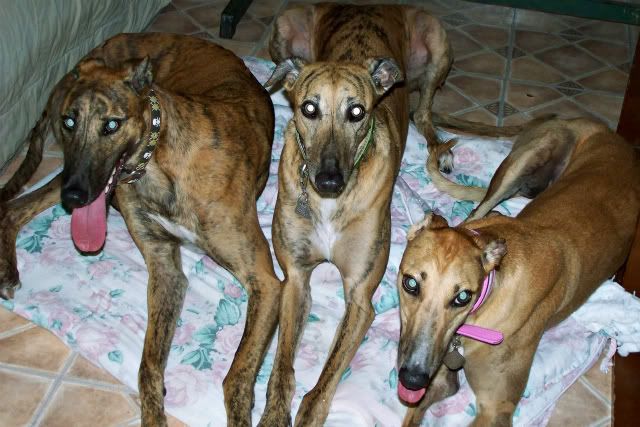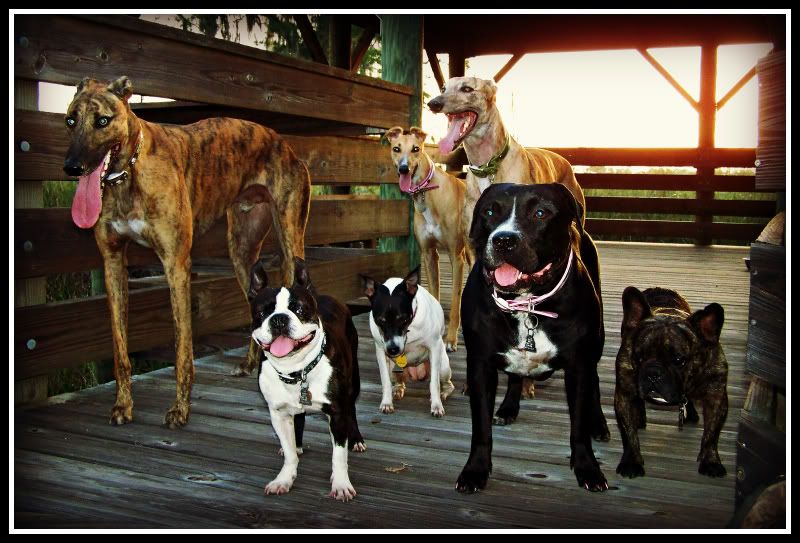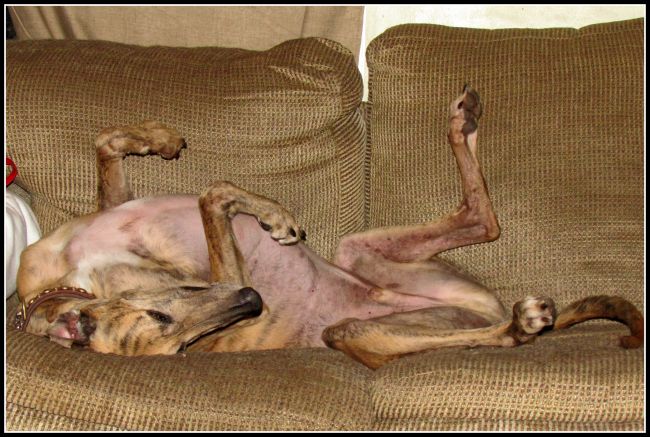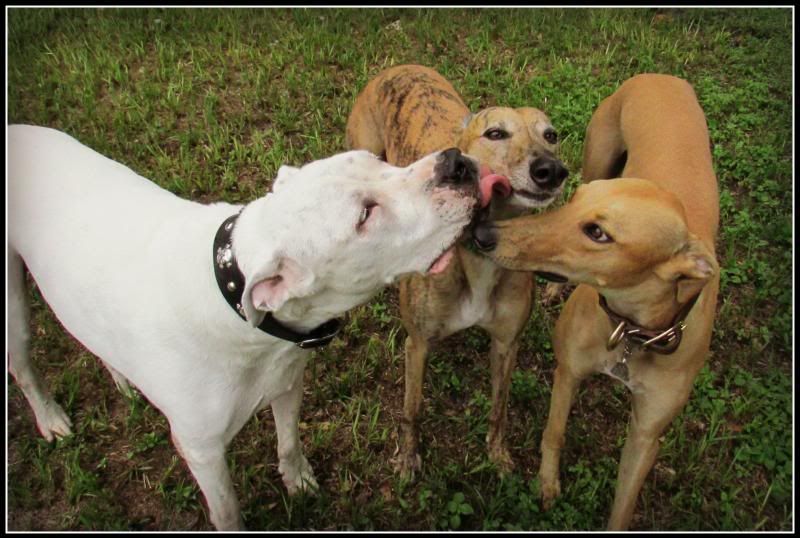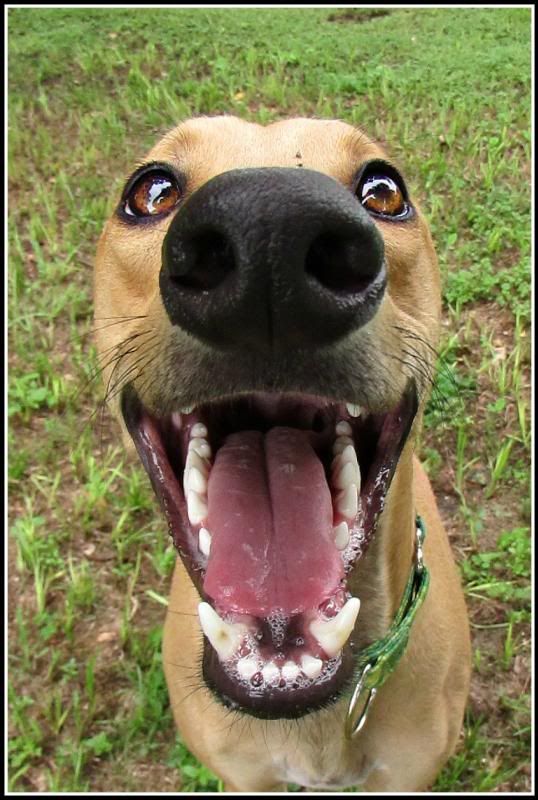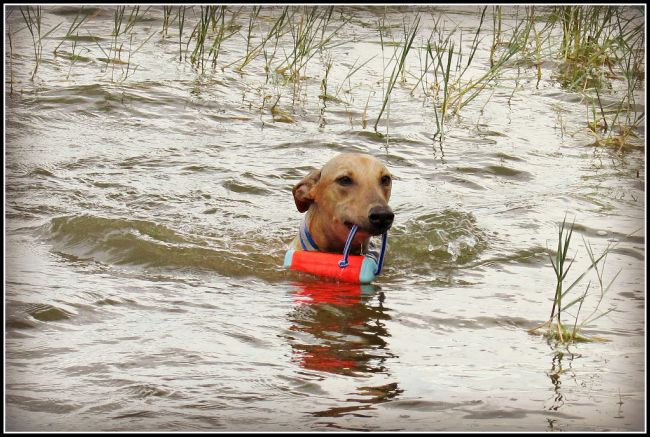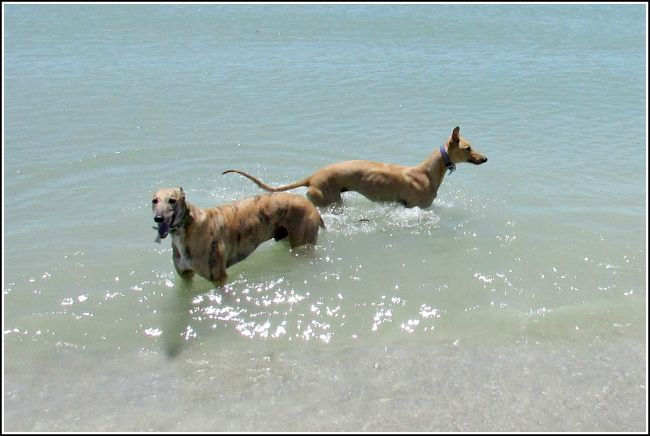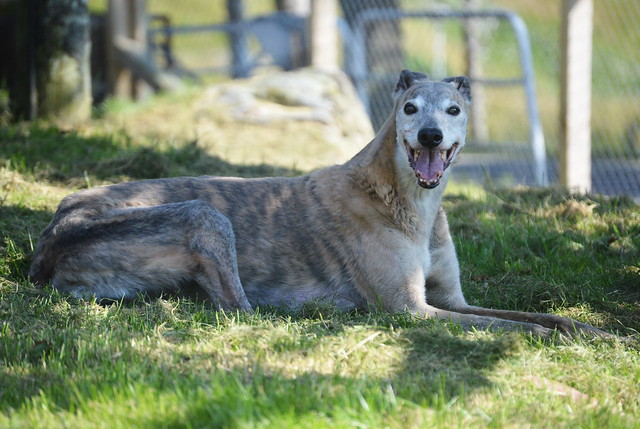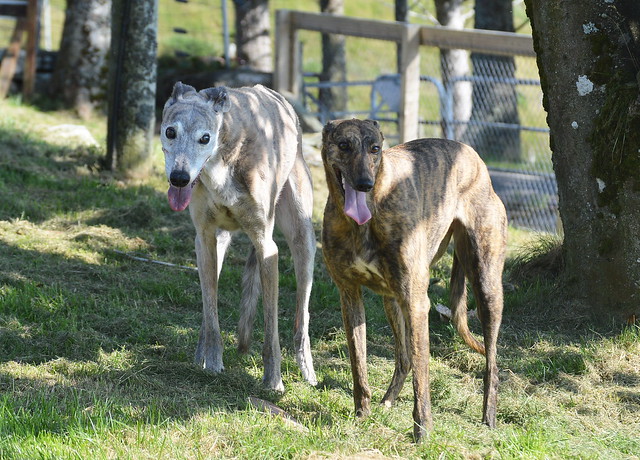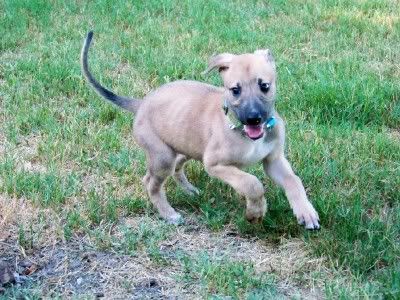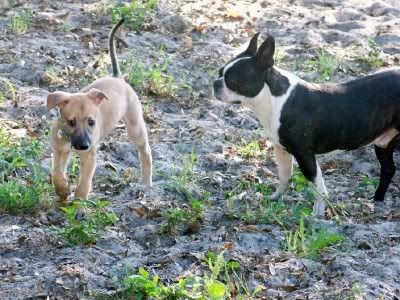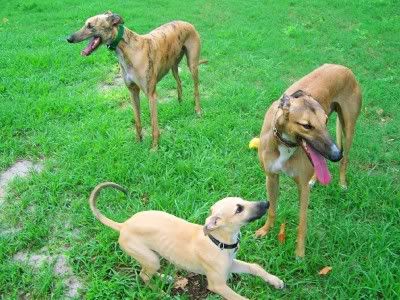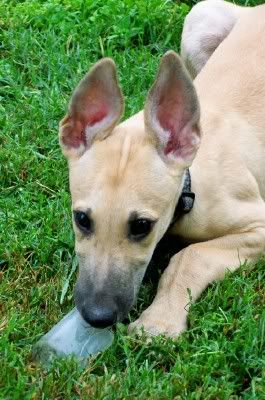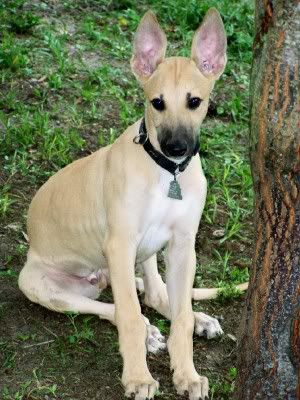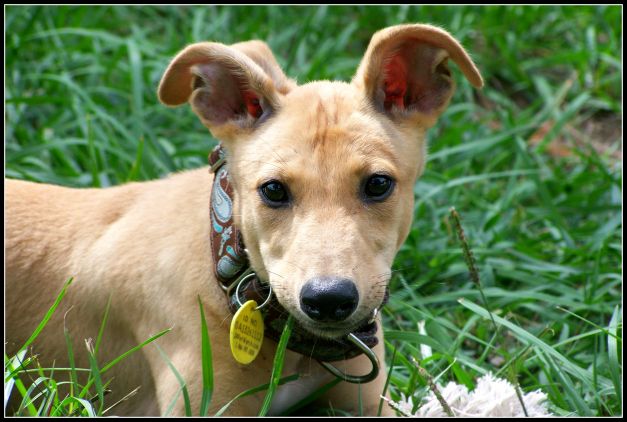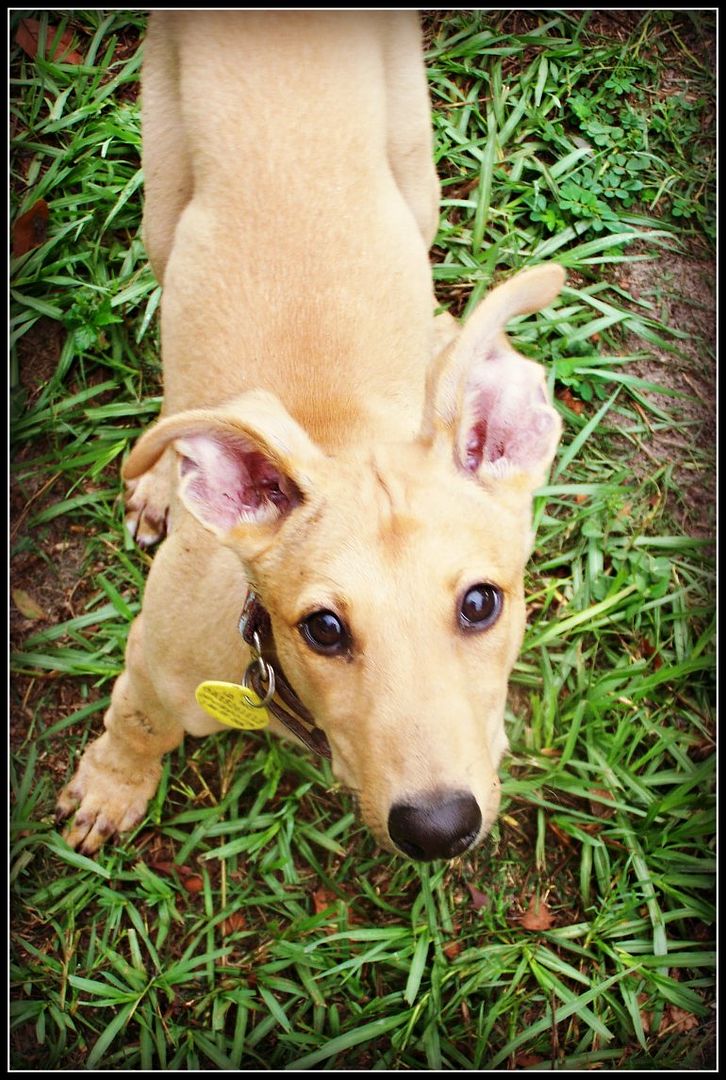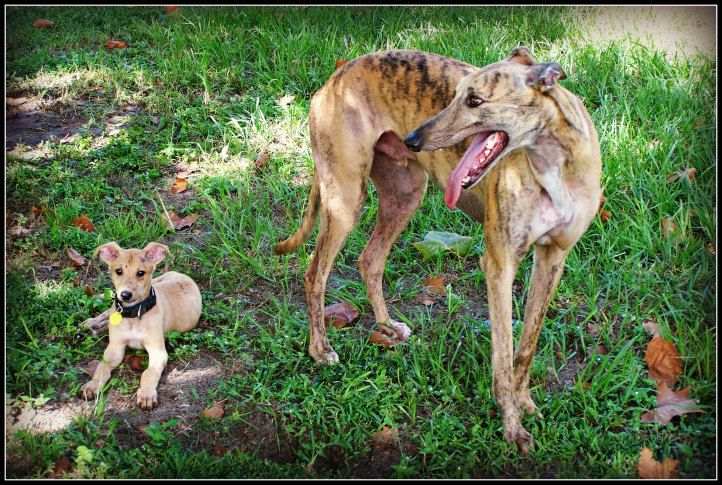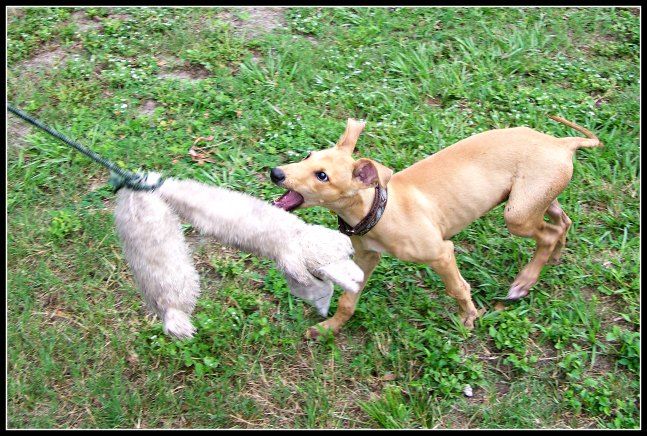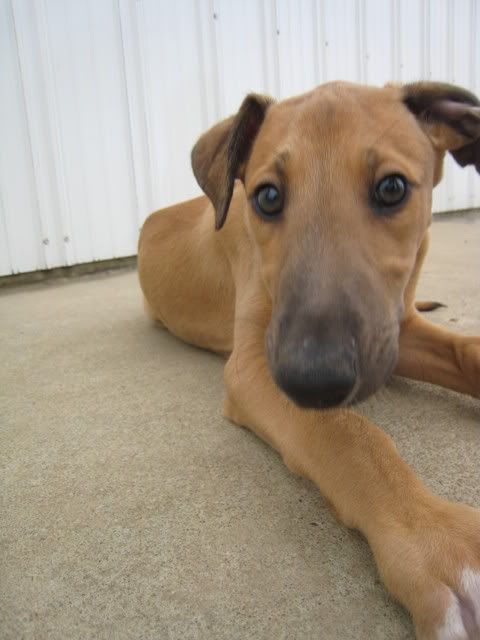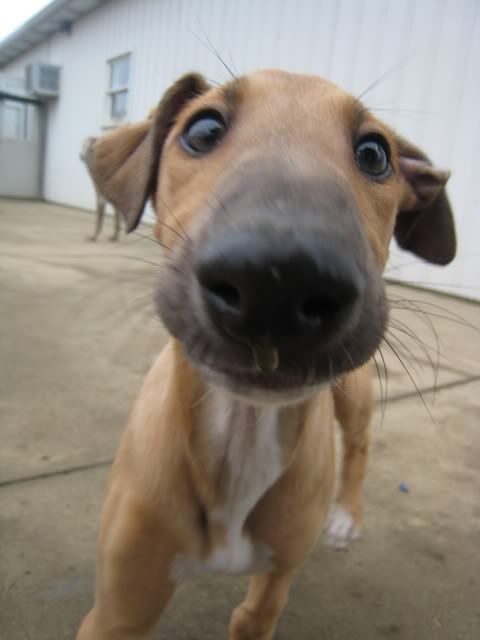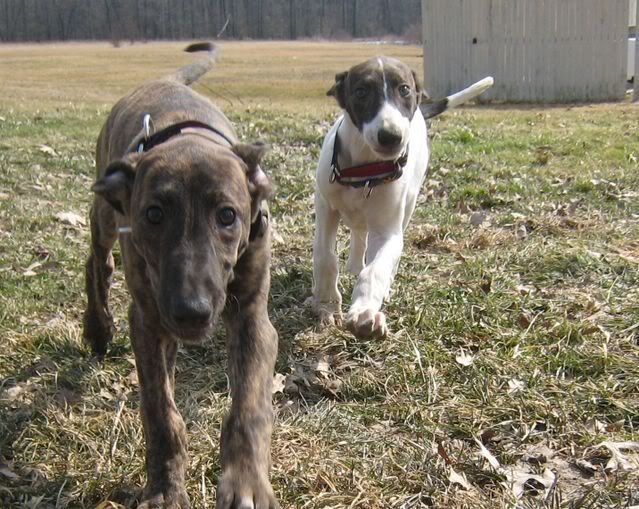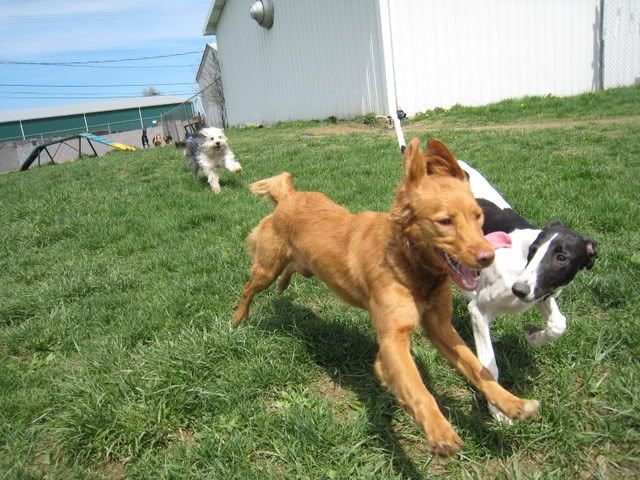I have 4 and have fostered over 50.
Short answer: they are pretty easy to live with. Long answer below. :rofl1:
Recognizing that there will be individuals in every circumstance that do not fit "the mold", I can say that in general they tend to be very gentle, laid back, quiet, affectionate but not pushy, endearing hounds. They adjust to a living situation fairly quickly, are easy to train as far as the house rules go (they might pose a bit more of a challenge in an obedience setting since they are rather independent minded but people who compete with them show themselves to be awesome trainers), sensitive, and extremely easy to live with. They tend to be up for whatever you are, within reason. They are typically good with children although space issues can pop up with some of them (not the majority) so communication with an adoption group and foster home, if they had one, is vital. Mine are exceptionally tolerant of children and work Renaissance Festivals with 20,000 people, cannons, explosions, whips, guns, fire, camels, children all over them, walkers, wheelchairs...you name it. They chill or snooze through the festivities. :lol-sign:
Some are more active than others and do need a yard. Most are fine with leash walks and the occasional run. At the track they race 2-4 times a week, often for 40 seconds or less, so they are good with a burst of speed and energy and then lots of chill time. I tend to prefer the more active ones so mine thrive with a large, fenced yard. Most adoption groups will NOT adopt to a home with an electric fence (they will run right through it if they see prey) or that will let them off leash in unfenced areas. There are exceptions but overall the average owner and average pet Greyhound won't be good candidates for off leash walking. Obviously some are and they do well. I only let mine off leash at lure coursing trials and straight racing events and they do well because they are so lure driven and focused on the "bunny".
Greyhounds are intense when faced with prey. Many can, however, live with cats (inside...outside is a whole different ball game and some "cat safe" hounds fail outside while doing 100% perfectly with the cat inside). I have had a foster returned for that very thing. Inside she was the kitty's best friend. Outside a stray wandered into her yard and she killed it. She was fostered with cats, lived with cats, and was fine inside. Some hounds have less prey drive and I have had a rabbit ran across their path and the (leashed) foster dog just watched with interest.
Some experience SA, many don't. Some are shy (there are genetic spooks also), most are not. Some have space or sleep aggression issues, most do not. They are not bred to a standard so a lot of variations occur in structure, energy level, and drive but overall temperament and personalities tend to be similar.
They do tend to drive adopters to adopt a second, or more. They thrive with other dogs. Racing Greyhounds (in the US) are raised on farms and stay with their littermates until they are a year old or so. It is an unique upbringing compared to how we typically raise puppies. They get a lot of hands on socialization from farm workers, track people, trainers, etc. They are used to being touched by strangers and, unless you get a shy one, will just stand there and let folks touch them. People always want my dogs to sniff their hands but they won't. The only one who will is the one that I raised from a pup. By the way, some do just fine as an only dog.
Some can be VERY stoic when at a vet or if injured or sick so care must be taken to keep tabs on your hound's health. For example, one of mine broke her toe. She never yelped or anything. She finished running, trotted up to me, and, other than avoiding putting pressure on her toe, she acted 100% fine. This is the same dog who scraped a tree at high speed and tore open her side (needed 13 staples) and yet I had to make her stop running. She didn't show any signs of pain, but obviously she had some. She stood like a pro when stapled, did not even need put under. Others, like my drama king, will let out what is affectionately known as the GSOD (Greyhound Scream of Death) and over act whatever is wrong with them if it is minor, but be stoic if it is major.

My vet calls them the easiest breed to work on because they just stand there and deal. Anesthesia is a concern and most Greyhound owners avoid putting them under unless they really, really need it. I combine dentals with other ailments, if possible.
Most Greyhounds are not good dog park candidates since either prey drive could kick in with strange small, fluffy dogs or they can get injured in rough play with other breeds. There are exceptions, as always, and some do well at dog parks. One thing to be aware of is that they have THIN skin. You will notice Greyhound play groups in the US make sure dogs are muzzled during play. It is not because they are aggressive. It is because a simple nip at 40-45mph can mean stitches or staples. As with anything, you have to know your dog. I don't have to muzzle mine at home, unless we have a new dog playing with us, but I know my hounds. A lot of people do muzzle them during rough play in the yard because they are afraid of a skin tear.
Track dogs sometimes need to learn stairs, glass doors, shiny floors, etc. They do not experience those things at a track or on a farm. Sometimes they do need socialization with other breeds. They tend to be well-socialized with people and other hounds, and some farms have a different breed or two, but overall they do not get to meet a lot of breeds until adoption. One thing I will say is that some racing bred dogs do not tolerate rude dog behavior very well. It turns them off. Mine look put out when a dog comes up and jumps in their face, and they back up. They are raised differently and they behave a little differently than a typical home-raised dog will. My home-raised Greyhound, and all of the many home-raised Greyhounds that I know, act more like "normal dogs" than some of the racers. Of course, exceptions exist.

Weight is my BIGGEST pet peeve. People seem to want to pack 5-10 lbs on them as a general rule (some say 5% of their racing weight) when they adopt them. DON'T follow generic rules. Greyhounds in racing condition are peak athletes. Sometimes they lose some weight traveling or after surgery and some kennels race light so sometimes a tiny bit of extra weight is in order. Typically if the dog is not getting extensive exercise they lose some of their muscle tone. Whatever you do, keep the dog fit, trim, and active and they will be healthy and happy. We joke that if you do not get accused of starving your dog at least once when out on the town he might be a bit chubby :lol-sign:. I have spent a lot of time around senior Greyhounds and the difference in my 9.5 year old fit and active hound and other 9.5 year olds with a bunch of pet weight is quite eye opening.
Anyways, I have prattled on way too long. Do you have specific questions?

Some states in the USA and Australia, I think they have to be muzzled when walking in public, so that's something you should check.
There are no states in the USA that require them to be muzzled.

